Formations and biomes
Author: Mária Höhn
Biomes are communities of terrestrial, marine and freshwater organisms defined by Earth’s major climatic conditions at large geographic scales. Biomes can be recognized based on their specific structure and physiognomy.
Terrestrial biomes are composed of specific formations (i.e., major vegetation types), such as the Amazonian rainforest, the Siberian taiga, the steppes of Middle Asia or the North American prairies. The latter two are herbaceous formations developed under similar environmental conditions, have very similar structures and are composed of similar functional groups. The functional similarity between different species is striking. Nonetheless, the species themselves are very different, because they belong to the flora and fauna of two different continents. Based on these similarities, both the steppes and prairies are part of the Temperate grasslands biome, along with other herbaceous vegetation formations developed in similar climates (annual rainfall too low to support forests, but higher than that in deserts) (Fig. 1). Another example is that of the tropical rainforest biome, to which both the Amazonian tropical rainforests and the Southeast Asian rainforests belong.

Figure 1: The major World Biomes (Source: http://www.blueplanetbiomes.org/world_biomes.html)
Terrestrial biome types follow major climate belts from Equator to the poles and are distributed also along the elevation patterns.
Based on the specific vegetation formations, the most important terrestrial biomes are:
- Tropical rain forests: tropical lowland forests and tropical montane cloud forests
- Tropical deciduous forests and scrub
- Tropical grasslands, called savannas
- Deserts: subtropical hot-, and temperate cold deserts
- Mediterranean shrubland, called Chaparral
- Temperate forests: deciduous forests, broadleaf evergreen forests (laurel forests and hardleaf forests), and temperate rain forests
- Temperate grasslands
- Temperate coniferous forests, called taiga or boreal forest, including montane and subalpine coniferous forests
- Tundra and alpine vegetation: temperate and arctic tundra and alpine tropical vegetation
- Aquatic vegetation on mainland: fens, marshes, aquatic and semi-aquatic vegetation of deltas
The latitudinal distribution of biomes along the main climatic regions on a large continent is shown in Figure 2.
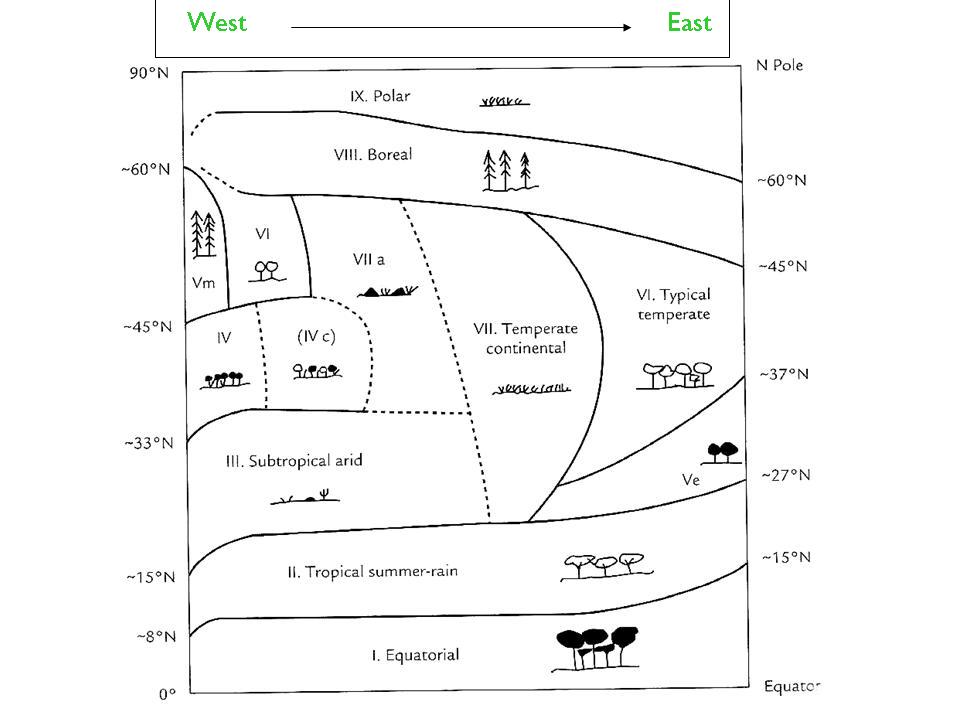
Figure 2: Climatic regions (following E. van der Maarel: Vegetation ecology 2006)
I. – Equatorial; II. – Tropical summer-rain, III. – Subtropical arid; IV. – Mediterranean; Vm. – Marine West-coast; Ve – Warm-temperate (east side); VI. – Typical temperate (nemoral); VII. – Temperate continental;
VIII. – Boreal; IX. – Polar (including ice caps).
Subtypes with some examples: a – Arid (Ia. East Africa, VIIa. Western North America), c – Continental (IVc. interior Middle East, VIc. Northeastern China, VIIIc. Eastern Siberia), m – maritime (IIIm. Namib, Atacama, VIm. British Isles)
As we mentioned earlier, life has adapted to the dominant environmental conditions within each biome, and as a result very different species have evolved similar morphological, anatomical and physiological characteristics. Such species belong to similar functional groups, which can be used very well to characterize the biomes. In plants, two generalized concepts of plant functional types are the growth forms (Barkmann 1988) and the life forms (Raunkiaer 1934) (see also Chapter 5).
The growth forms are associated with organisms’ ecological functions and are therefore indicative of similar environmental conditions. The main growth forms in plants are: trees, shrubs, vines (lianas), forbs, grasses and aquatic plants.
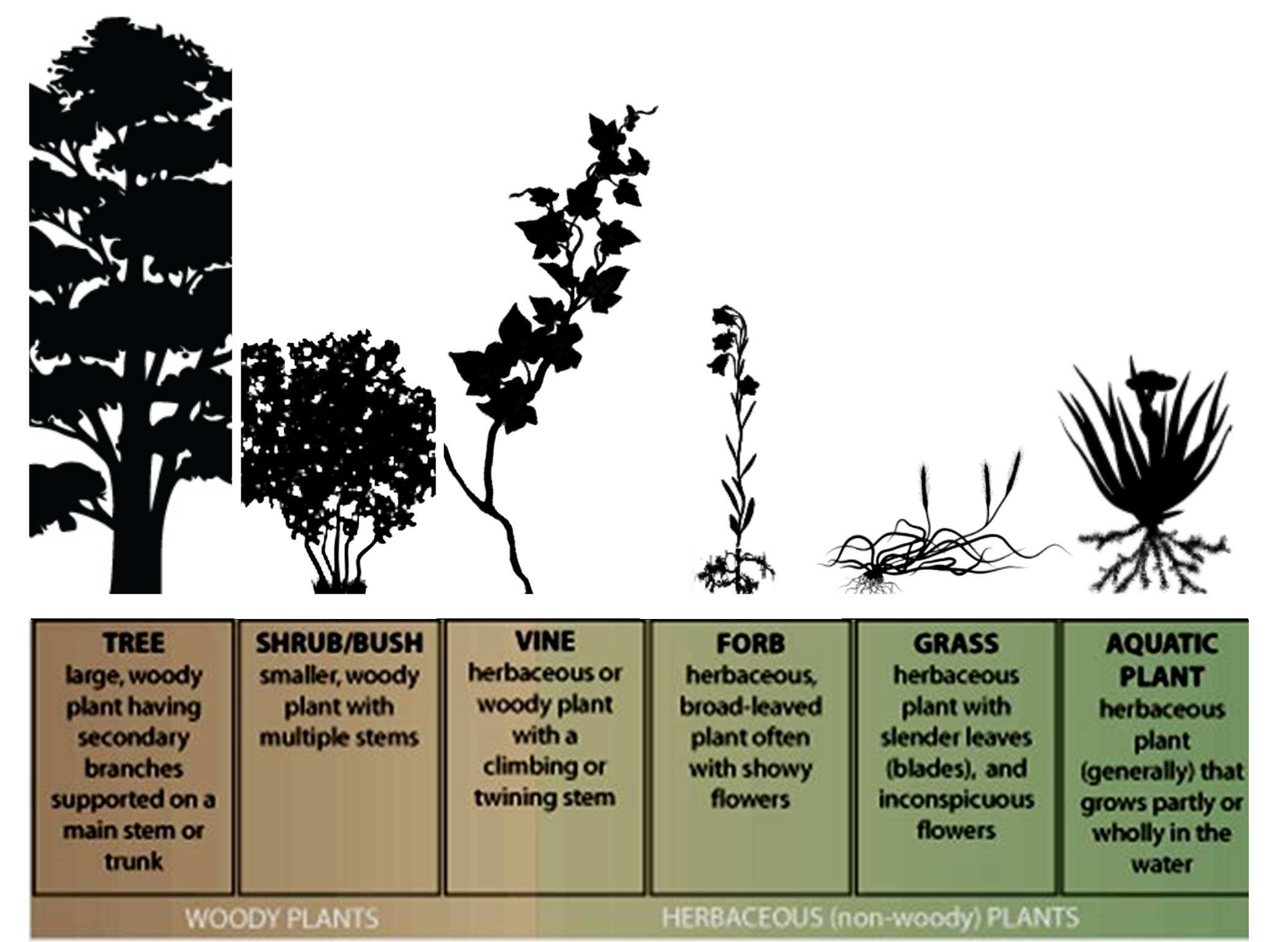
Figure 3. The main terrestrial growth forms.
(Source: http://www.fws.gov/invasives/volunteersTrainingModule/invasives/plants.html)
Raunkiaer’s life forms represent a more refined scheme, based on the position of plants’ growth point (bud) during adverse environmental conditions (cold or dry periods). These resulted from similar morphological responses to similar environmental conditions. Originally developed for temperate species, the system was extended since to tropical species by several other authors. The system is less often used today, but the distribution of life forms in a biome can provide an ecological profile of the different ecosystems.
Rauniaer’s original growth forms were further detailed based on distinct structural characteristics, which resulted in 6 different functional types used to describe vegetation formations (Box 1). Other plant functional types were identified based on different leaf forms (and their functinal relation to the environment), such as the leaf anatomy and shape (e.g., soft/hard leaves), leaf and shoot size (...), seasonality (e.g., summer green, seasonal green, evergreen, etc.).
Today, more than 90 plant functional types are being used to describe in detail the Earth’s biomes.
A thorough description of the biomes lays beyond the purpose of this textbook, and we only provide some examples of growth and ecological adaptations important in horticultural plants.
-In the forests of cold and temperate climates temperatures fall below freezing every winter and trees are forced to dormancy. Typically, leaves are shed in the fall and reappear in the spring. These events can be seen in the temperate broadleaf forests as well as in the taiga, which is a mix of coniferous and broadleaf trees. The forest composition depends largely on the abiotic factors. In the taiga, most of the trees are coniferous and they are able to stay evergreen due to the small leaf area, a tick layer of wax and cuticle on the leaves and lack of tracheas, which makes these plants drought- and cold tolerant. In the frozen soils, root respiration is critical because it melts the ice in the close microenvironments of the roots, freeing up water for absorbtion (Figure 5).
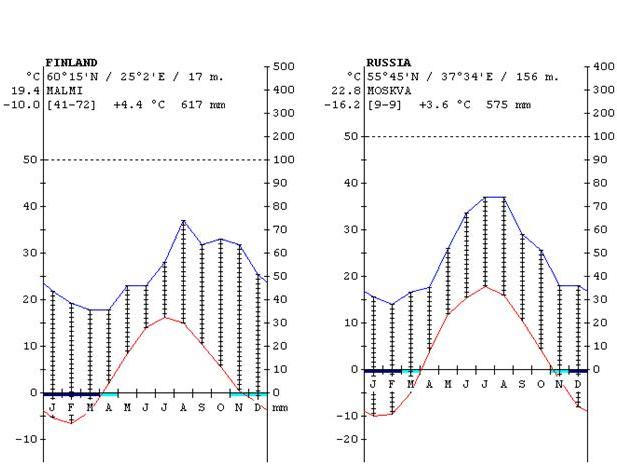
Figure 4. Climadiagrams of the boreal zone (taiga biome)
(left: Malmö, Finland, right: Moscow, Russia) (for details see Chapter 6)
The climate diagrams show the long cold seasons to which the taiga plants are adapted to survive (Figure 4).
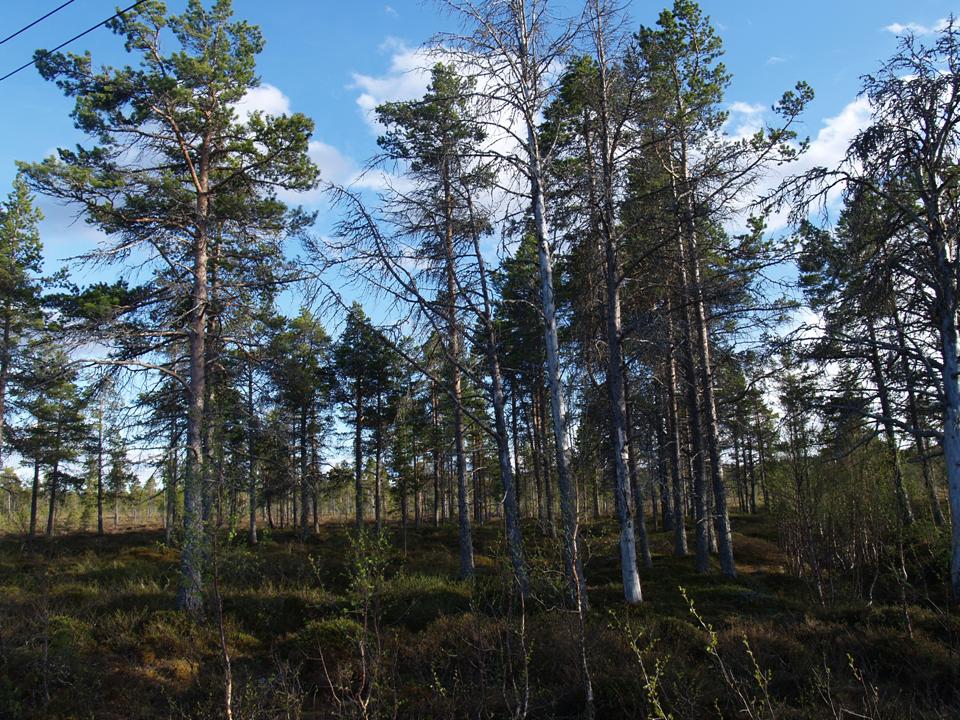
Figure 5. Boreal (taiga) forest with birch species (Betula pubescens, B. pendula) and Scots pine (Pinus sylvestris)
In the high alpine and tundra environments a characteristic life form is the dwarf shrubs, developed as a defense against high levels of solar radiation, long cold seasons, high snow pressure and harsh winds (Figure 6). The dense shoots and leaves keep the warmth produced through respiration within the plant’s close microenvironment. Another typical life form is the rosette, which has developed to protect the leaves from cold and strong UV radiation. In plants that grow in the permafrost zone (a layer of permanently frozen soil below 0.5-1 m), plants fight against freezing by accumulating sugar and other molecules such as aminoacids in the cells, which increase the concentration of the plasma and prevents it from turning into damaging ice crystals.
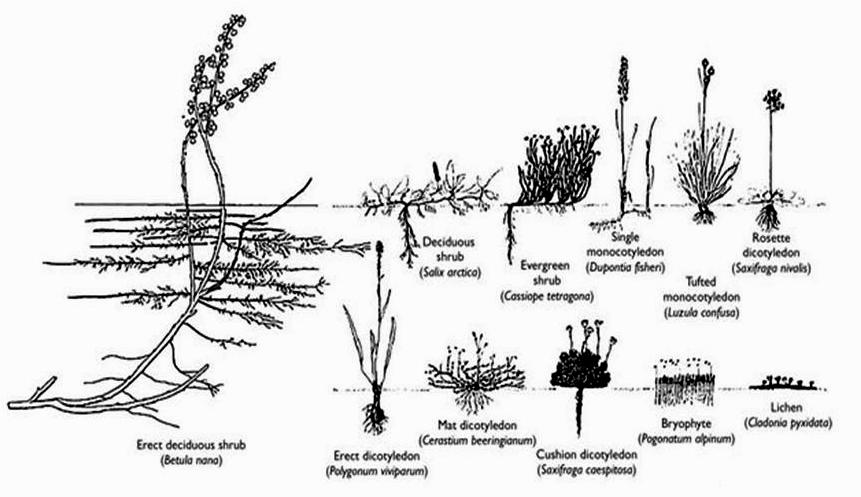
Figure 6. Growth forms of arctic plants.
(Source: http://www.eoearth.org/article/Introduction_to_Arctic_Tundra_and_Polar_Desert_Ecosystems)
Deserts provide home to a variety of functional types adapted to drought. Many plants are annuals, which circumvent the drought periods with extended dormancy and then speed up their life cycle following the rare rain events. Because of the short life cycle, these plants are called ephemerals. Other plants are succulents, which are able to store water by modifying the cells and tissues of their shoots or leaves. In addition, they have evolved a specific type of photosynthesis, called CAM (Crassulacean Acid Metabolism) (Figure 7, see also Chapter 6).
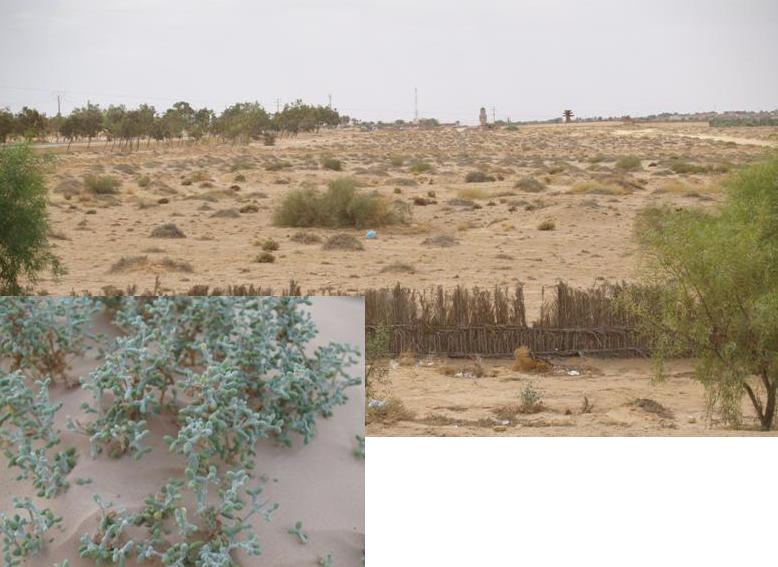
Figure 7. Desert vegetation in Tunisia with specific life forms: annuals, desert shrubs and succulents.
With current climate change, the knowledge of the distribution and characteristics of species and functional groups of different biomes can have many practical applications. Researching the effect of increasing temperatures and CO2 concentration on functional types can help to project the type of structural changes the different biomes may experience in the future. We don’t know yet, but we can forecast which types of species will escape from the disbanding ecosystems, becoming the protagonists of new invasions. As well, we don’t know how agricultural systems, forest plantations and green spaces will react to changes and which population complexes and community structures will become successful.
Last but not least, each of the cultivated plants belongs to a functional group specific to one of Earth’s biomes. To employ effective and cost-efficient cropping technologies, it is essential to have in-depth knowledge of species origin and role played in the ecosystems, as well as of species adaptability and dispersability under current and future climates.
References
- Pásztor E., Oborny B. (szerk.) 2007: Ökológia. Nemzeti Tankönyvkiadó, Budapest.
- van der Maarel, E. 2005. Vegetation ecology. Blackwell Publishing.

